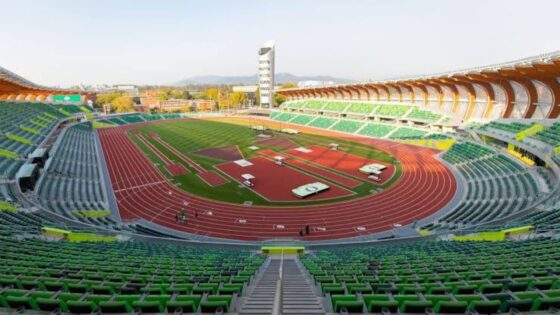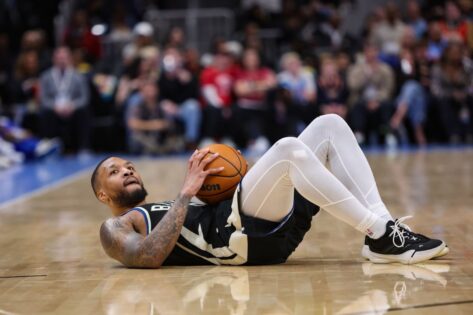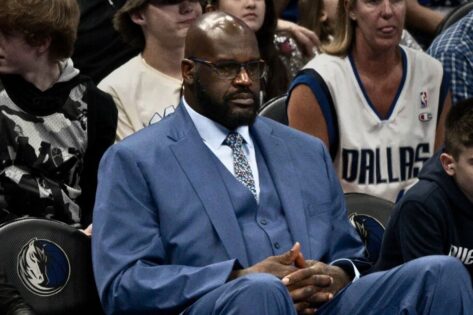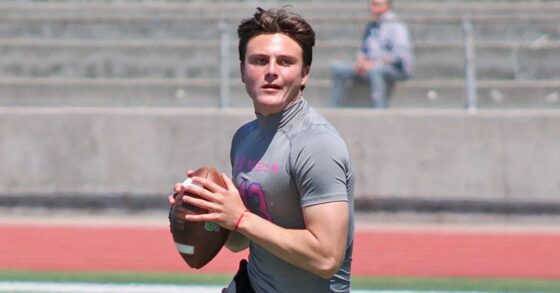The race to the 2028 Olympic Trials just got a precision makeover. USA Track & Field (USATF) has unveiled a key update to the marathon qualification process. Chip times, not gun times, will now determine who qualifies for the start line. It’s a technical change, but one that signals a major shift in how fairness and access will define America’s Olympic marathon hopefuls.
This adjustment to chip timing is the most significant change in the newly announced qualifying criteria. For the first time, every athlete’s qualifying mark will be based on the exact moment their shoe crosses the start and finish lines, not when the race clock begins. USATF officials say the update aims to remove a long-standing disadvantage for runners who aren’t granted access to elite start corrals—a common hurdle for many emerging talents. The goal is to ensure that all athletes, regardless of race-day positioning, are judged by performance alone.
The decision comes after months of athlete-centered discussions. The Long Distance Running (LDR) Committees, made up largely of athletes, including nine Olympians, held multiple town halls to collect input from runners, coaches, and agents. The result: a qualification system intended to reflect both data and athlete feedback. USATF is also reintroducing ‘A’ and ‘B’ standards to manage field size and ensure full representation. The men’s ‘B’ standard has been tightened to 2:16:00, while the women’s standard remains at 2:37:00. The yet-to-be-announced ‘A’ standards will guarantee funding for travel and lodging.
Qualifying standards for 2028 are set
USA Track & Field has announced the times needed to qualify for the 2028 U.S. Olympic Team Trials – Marathon. Men will need to clock a 2:16:00 in the qualifying window while the women’s standard is set at 2:37:00.
Read more details… pic.twitter.com/ezoVkWtdEt
— USATF (@usatf) June 2, 2025
This revamped approach arrives as the U.S. prepares for its first home Olympics of the millennium. USATF leaders say they’re determined to create a trials environment that mirrors the elite competition of the Games themselves. With the qualification window opening September 1, 2025, the countdown has already begun. Not just to the Trials, but to a system built for equity, accuracy, and the best marathoners in the country. Meanwhile, the latest rules had the fans divided on the internet.
USATF’s marathon trials shake-up splits the running world
As soon as the news went viral, fans flocked to the comments section to express their point of view. The return of ‘A’ and ‘B’ standards has some fans thrilled. One fan commented, “100% in favor of a bigger field. It brings more people to watch all of our athletes and gets more people running and chasing.” This reflects a camp eager for inclusivity. But critics argue larger fields can water down competitiveness, exposing a rift over whether Trials should showcase mass participation or pure elite performance.
The tweaked men’s time, 2:16:00, has sparked conversation, with one fan noting, “The road to LA 2028 starts now. USATF has announced its 2028 U.S. Olympic Marathon Trials qualifying times! Stays at 2:37 for the women | Gets a little tougher with 2:16 for the men.” Some see the change as raising the bar, others view it as counter to the broader theme of accessibility.
A neutral recap from a fan read, “2028 Olympic Marathon Trials qualifying standards of 2:16:00 (men) and 2:37:00 (women) announced by USATF. Qualifying window opens Sept 1, 2025”. Such a statement shows how some fans simply absorb info. But beneath such statements, there’s a brewing contrast between data-driven adjustments and emotional reactions to fairness, showing how perceptions are splitting.
“Exciting times for the sport. With the qualifying window opening September 2025 that gives many chances for athletes chasing OTQ,” one fan says, highlighting hope. But that excitement isn’t universal. Others question whether chip timing truly levels the playing field if elite corral access still skews opportunities, fueling differing views on systemic fairness.
A nostalgic fan muses, “Meb Keflezighi, who will be 52 years old at the time of the race, can run the 2028 Olympic Marathon Trials…if he wants.” It’s a feel-good note, but some argue that the focus should remain on developing current talent, not romanticizing past stars. Another sign of philosophical divergence in the running community. Thus, with the rules now set, it remains to be seen what happens next.
The post Track and Field Community Divided as USATF Drops Major LA28 Announcement appeared first on EssentiallySports.



